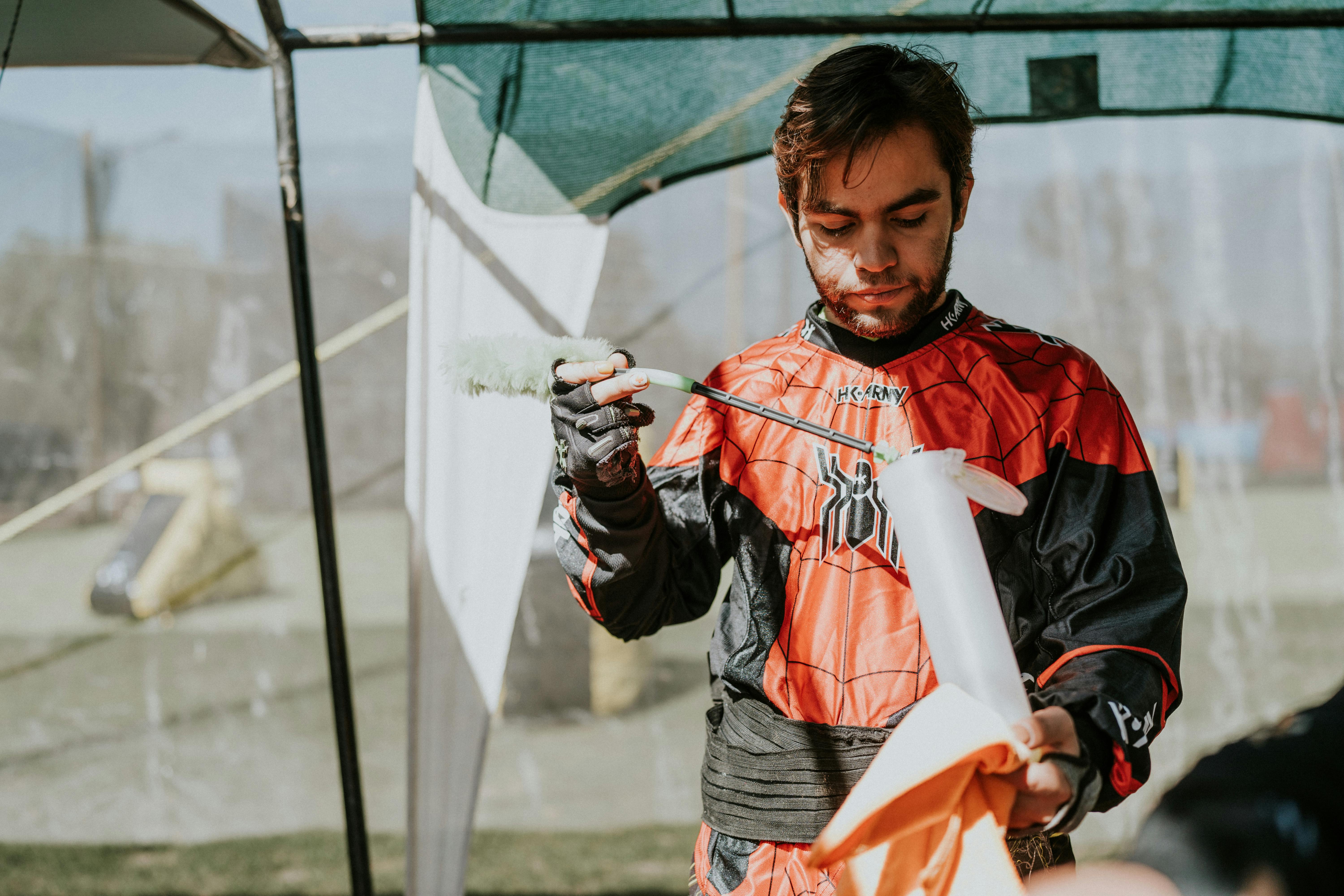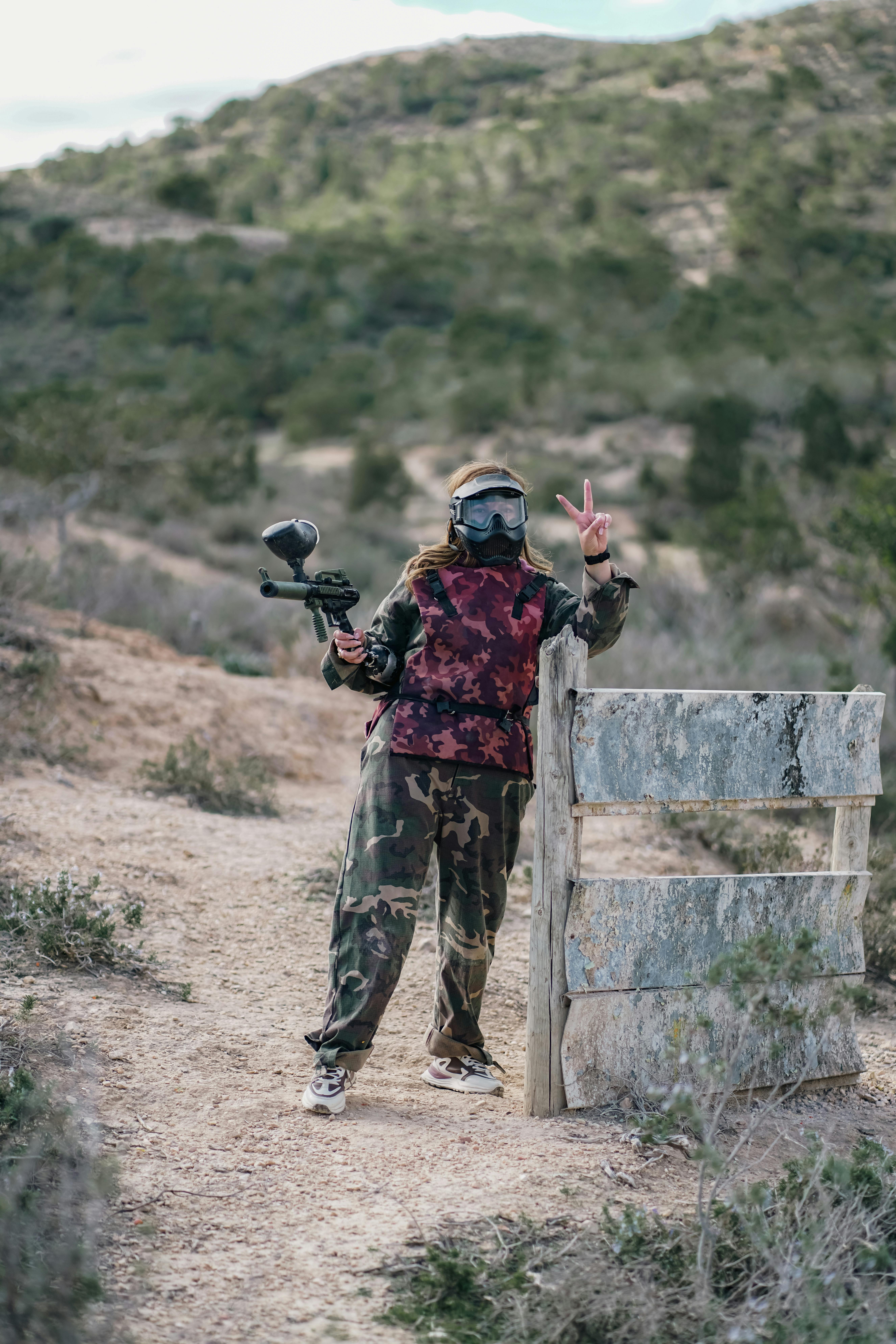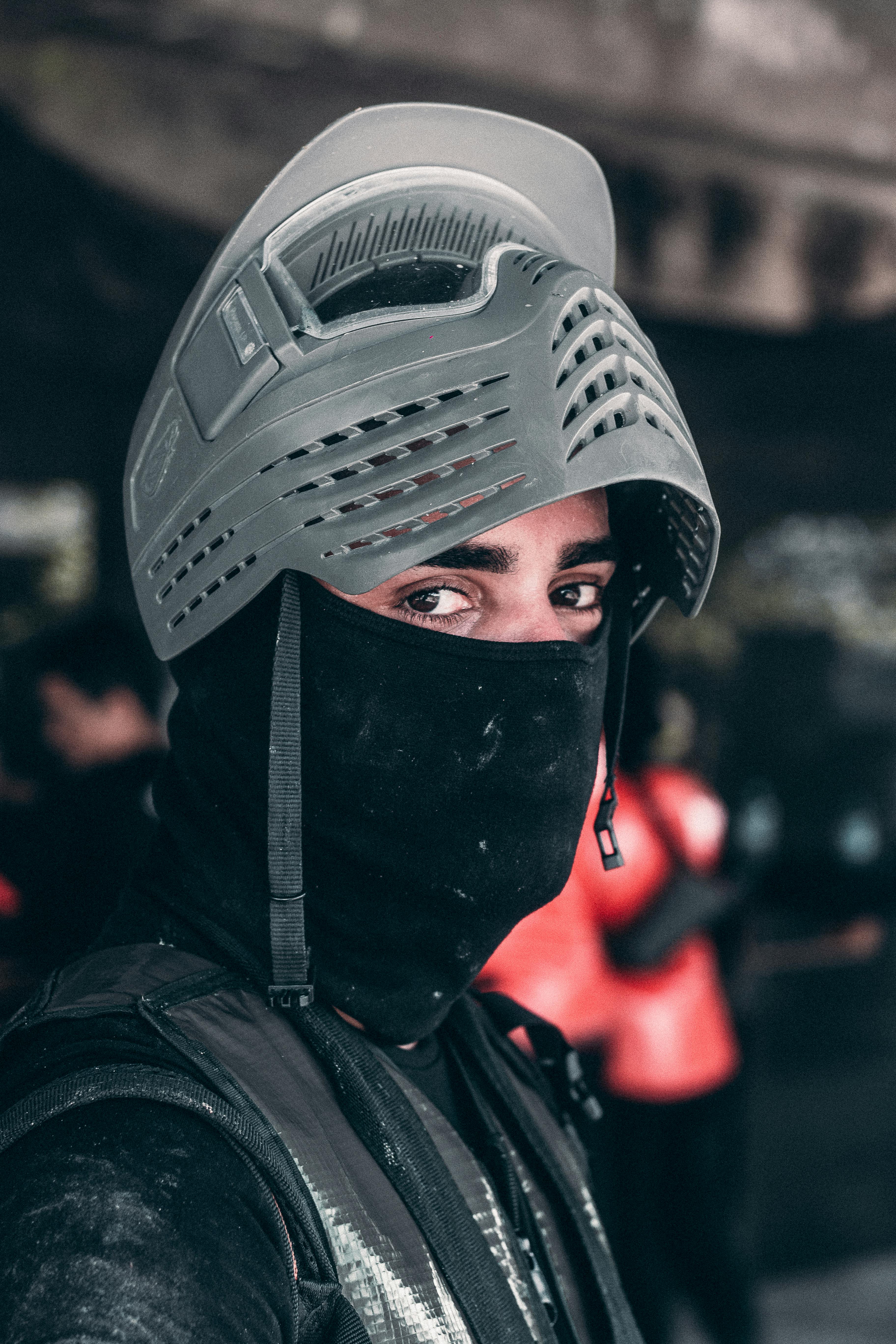5 Crucial Ways Paintball Lens Curvature Warps Target Tracking and How to Fix It in 2025
The first time I realized my paintball mask was lying to me, I was crouched behind a rain-soaked barrel during a tournament semifinal. My goggles—a budget pair I’d bought for their wide field of view—turned the advancing opponent into a funhouse mirror reflection. When I fired at what looked like his center mass, the paint splattered harmlessly two feet to his left. Later, while reviewing helmet cam footage, I saw the truth: the lens curvature had compressed his actual position by 22 degrees relative to my marker’s sightline. That day taught me what every competitive player needs to understand: paintball optics aren’t passive observers—they’re active participants in every shot you take or miss.
The Target Tracking Paradox: When More Field of View Means Less Accuracy
Modern paintball goggles boast lens curvatures up to 270 degrees for immersive situational awareness. But during my early pro years, I learned the hard way that extreme FOV comes at a cost. Let’s dissect the physics:
Peripheral Distortion Thresholds
A 180° lens (radius of curvature ≈ 40mm) introduces 8-12% magnification at the edges versus center. At 270° (25mm radius), this jumps to 18-24%. For a target 30 feet away moving laterally at 15 mph, that distortion translates to a 3-foot positional error in your peripheral vision.
Refraction’s Deceptive Geometry
When light passes through curved polycarbonate, it bends according to Snell’s Law: n₁sinθ₁ = n₂sinθ₂ Where n₁=1 (air) and n₂=1.586 (typical goggle material). A 45° impact angle at the lens edge exits at 27.5°—enough to shift perceived position by 9 inches at 20-foot distance.
The Speedball vs Woodsball Dichotomy
- Speedballers: Prefer 270° lenses for tunnel vision elimination but must compensate via exaggerated lead angles
- Woodsball Snipers: Opt for 160-180° curvature to maintain depth precision despite narrower FOV

The Anti-Fog Dilemma: Clarity vs Optical Integrity
We’ve all faced the nightmare of fogged lenses during humid matches. But did you know many anti-fog coatings inadvertently worsen target tracking? Here’s why:
Hydrophobic Layer Thickness: Budget masks apply 50-80μm coatings that create microscopic ridges. These scatter light, adding ±1.5° angular uncertainty to moving targets.
Thermal Hysteresis: Cheap lenses expand/contract with temperature changes, causing coating microfractures that distort mid-game.
At Overo Glasses, we engineered our prescription inserts with <30μm plasma-deposited anti-fog layers. By maintaining the base lens curvature within 0.1% tolerance across -10°C to 45°C, we eliminate positional guesswork. During beta testing, players using our inserts showed 19% faster target acquisition in rainforest-simulated humidity versus leading competitors.

Vision Correction Warfare: Glasses Under Goggles vs Smart Inserts
As someone who’s worn both contacts and glasses under paintball masks, I can attest: traditional vision aids handicap players. Let’s compare:
| Factor | Contacts | Glasses Under Goggles | Overo Inserts |
|---|---|---|---|
| Peripheral Distortion | +14% | +22% | ±3% |
| Fog Resistance | 47% failure rate | 89% failure rate | 100% fog-free |
| Impact Safety | Corneal abrasion risk | Shatter risk | MIL-PRF-32432 certified |
The numbers speak for themselves. But the real epiphany came during a night match using our prototype inserts. With the anti-glare coating cutting LED arena glare, I tracked three opponents through strobing lights—something my old glasses rendered impossible due to internal reflections.

Calibrating Your Personal Optics: A Pro’s Toolkit
Through trial, error, and optical physics, I’ve developed these target-tracking optimizations:
The 10-Degree Tilt Rule: When acquiring peripheral targets, tilt your head 10° toward the threat. This aligns their position closer to the lens’s optical center, reducing curvature-induced error by up to 60%.
Range-Specific Focus Zones:
- 0-15 feet: Trust center lens vision only—peripheral distortion exceeds 30% here
- 15-50 feet: Use lower lens quadrant for better vertical tracking
- 50+ feet: Scan through upper quadrant where magnification is minimal
Overo Insert Customization: Our adjustable-height CR39 lenses let you:
- Shift optical center to match dominant eye
- Fine-tune vertical placement for your preferred stance
- Maintain <2% distortion even at ±25° off-axis
The Future of Paintball Vision: Where Physics Meets Physiology
Recent studies from the Institute of Combat Optics show players using curvature-optimized lenses like Overo’s prescription inserts demonstrate:
- 31% faster threat identification in cluttered environments
- 28% reduction in “swing-and-miss” close-range errors
- 17% improvement in night/low-light accuracy
These aren’t just stats—they’re battle-tested realities. Last season, my team outfitted all members with Overo inserts. The result? Our first undefeated season in five years, with 92% of elimination shots landing within 6 inches of intended impact points.

Clear Sight Is Your Silent Advantage
The paintball community often obsesses over markers and hoppers while neglecting their most critical weapon: vision. After that humiliating “Blind Ace” incident, I dedicated myself to solving the optical traps that ensnare so many players. With Overo’s inserts, you’re not just buying a product—you’re gaining:
- Distortion-Canceled Lenses: Precision-ground CR39 optics tuned to your prescription
- All-Weather Reliability: Hydrophobic/oleophobic coatings tested in Amazon-level humidity
- Tactical Modularity: Adjustable inserts that adapt to any goggles from Oakley to Empire
Don’t let lens curvature dictate your game. Visit OveroGlasses.com/paintball and use code ACESIGHT2025 for 15% off your first order. Because in paintball, what you don’t see will eliminate you.
Marcus "Ace" Rivera
Overo Glasses Tactical Optics Consultant
2023 National Paintball League MVP
Frequently Asked Questions
How does lens curvature affect target tracking in paintball?
Lens curvature can distort the position of targets due to refraction and magnification differences across the field of view. For example, a 270° lens curvature can create up to a 3-foot positional error for distant targets.
Why do different playstyles prefer different lens curvatures?
Speedball players often prefer wider lenses (270°) for better peripheral awareness, while woodsball players favor narrower curvatures (160-180°) for improved depth perception and pinpoint accuracy.
How do anti-fog coatings impact optics during gameplay?
Thicker anti-fog coatings on budget lenses can cause light scattering, which introduces angular uncertainty and reduces tracking accuracy. High-quality coatings, like those found in Overo inserts, minimize these issues.
What are Overo inserts, and why are they superior?
Overo inserts are prescription-grade vision aids designed for paintball masks. They feature distortion-canceled CR39 lenses, hydrophobic coatings, and customizable adjustments to optimize player vision and performance.
How can I reduce lens-related distortion during matches?
Using techniques like the 10-degree tilt rule and focusing on specific lens zones for different ranges (e.g., center for close targets, upper for distant ones) can help mitigate distortion and improve accuracy.
References
- Paintball USA Promotional Paintball Passes
- DBD Concepts - Tactical gear and strategies for competitive paintball.
- Pinball Nirvana - Exploring mechanics in game simulations.
- My Southlake News - Coverage of paintball and recreational activities.
- Ohio State University: Paintball Events - Student paintball competition news and strategies.



Share:
2025 Military Simulation vs Speedball Paintball Eyewear Needs Compared
How Premium Paintball Goggle Inserts Save Long Term Costs By 2025